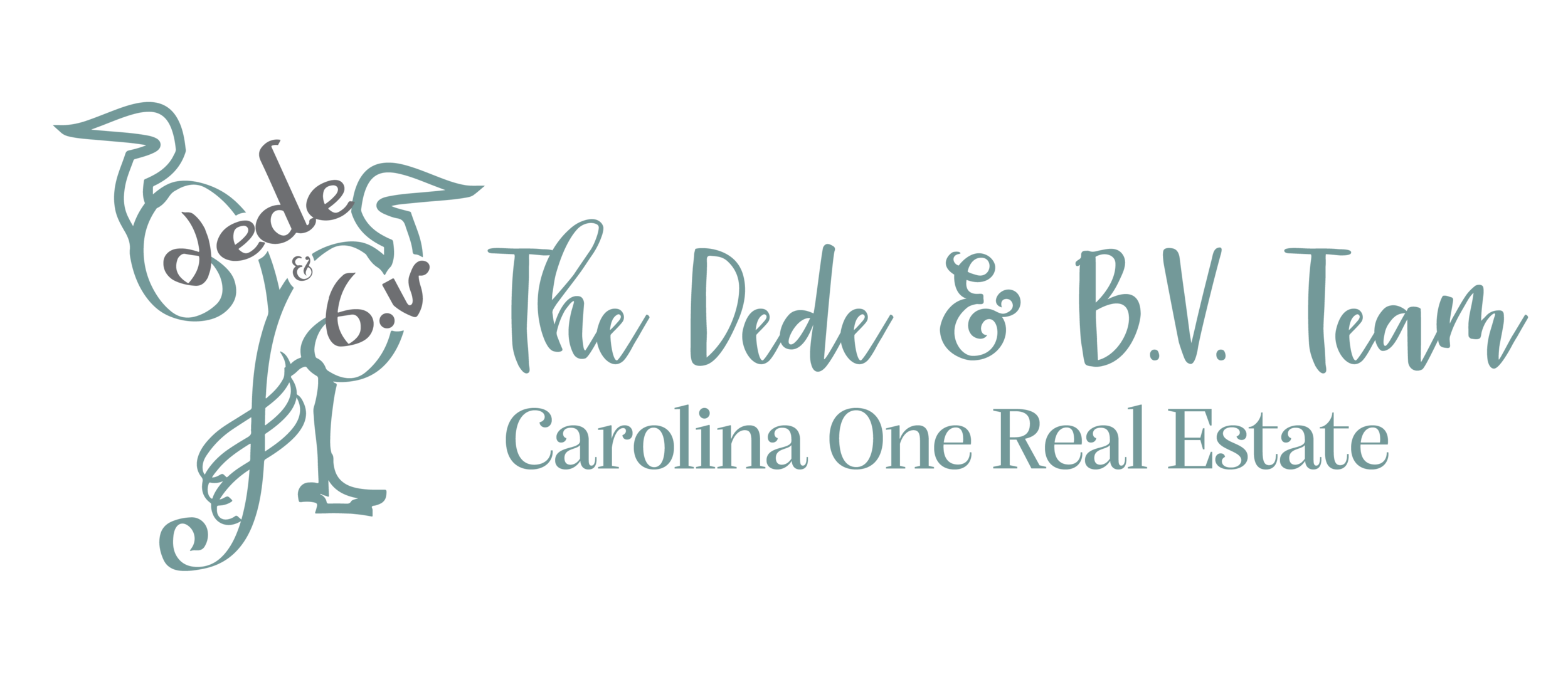Insurance on Your Home Purchase
If it’s been a while since you shopped for homeowners insurance, you may not realize how intense the process is and how expensive policies are now. Many of the best priced providers exited the market after recent storms, and those remaining are being extremely selective on which properties they insure. The most expensive policies are on coastal properties, older homes (30+ years), and homes with roofs older than 15 years. Just because a home is presently insured doesn’t mean that same company will write you a new policy, nor that your new policy will be the same cost.
There are 3 phases of insurance you’ll need to prepare for when you’re buying a house.
Phase 1 - Before Closing
Once you find a home, you’ll get insurance quotes during your Due Diligence period. The insurance agent will ask you for A LOT of information about yourself and the property. We’ll ask the sellers to help us on the property info, but we may not have it until you get your home inspection report.
Age and type of wiring, plumbing pipes, HVAC
Age, type, location of hot water heater
Age, type of roof
Is there an elevation certificate for flood insurance
Personal info: Full Legal Names and DOB, Current Address, Occupying as primary residence, second home or rental, type/breed of pets, any previous claims in the past three years?
Contract terms: Are you renting back to the seller? Closing date and loan officer contact
Documentation is now required to confirm roof age. To get the best rate, your insurance company may ask for a copy of the paid receipt and a completed municipal inspection showing the date of installation. They may also encourage you to get a wind mitigation form to see if the roof qualifies for discounts, and local home inspectors do them ($100-$300 expense), but it's not that simple. The form asks questions about the roof sheathing, roof-to-wall connections, shingles and underlayment, which have to meet certain standards. It's highly unlikely for a roof to be installed to those standards unless requested, and if the attic is spray-foamed, the inspection can't be completed. Talk to us before you spend money on this inspection.
It’s unlikely that a seller will have the roof information you need. Chances are, none of this was required when they shopped for insurance, and they've likely never heard of a wind mitigation form.
Phase 2 - After Closing
The insurance companies are now requiring an inspection after closing, which is different from the home inspection done before closing. This is a scheduled visit by an independent inspector hired by the insurance company who comes out to look at wiring, plumbing, HVAC, water heater and roof. You will get 3 email notices and 3 phone calls to schedule this inspection, which is a requirement to keep your coverage. Your policy will be canceled if the inspection doesn’t take place.
If replacing a roof, wiring or plumbing pipes is a condition of your coverage, you’ll have 10 days to make those replacements after closing. You’ll want to have the work scheduled before you close to ensure it’s done in time and your policy isn’t canceled.
Phase 3 - While You Own the Home
Your policy coverage and rate are only guaranteed for 12 months. You could get a notice in the mail that you aren’t being renewed, that your rate is going to increase, or that your deductible is increasing. First, you’ll want to call your agent to see if they have other coverage options. Then you can call us to discuss other referral partners we have who may be able to help.
Keep the roof factor in mind when you get your roof replaced and discuss wind mitigation with your roofing contractor. It may be worth spending a bit more on a fortified roof to capture the insurance discounts. Always have your roofer fill out the wind mitigation form and remember to send a copy to your insurance provider along with an invoice and permit/Town inspection when the roof is complete.
The insurance world is ever changing based on claim trends, weather patterns, named storms and catastrophes. Expect that your premiums will increase and be prepared that guidelines could be even stricter in the future.

